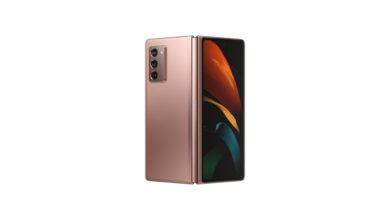We are already close to the end of the first month of the year and many brands are about to release their first smartphones of 2022. Based on the reports we have seen so far, these brands are trying to improve various aspects of smartphones. Looking at the cameras, many flagship brands keep the rear multi-camera system, which is not surprising. However, the focus seems to be on ultra wide-angle lenses. , while the use of telephoto lenses is declining. In fact, the telephoto lens of the periscope no longer attracts as much attention as it used to. Why telephoto periscope suddenly becomes unfavorable?
How periscope lenses work
For the current camera lens, the imaging model is generally considered to be a small aperture imaging model. Thus, the position of the image is near the focal point of the lens. According to this principle, the closer the object, the shorter the focal length of the image. Conversely, the further away the object, the greater the focal length of the image.
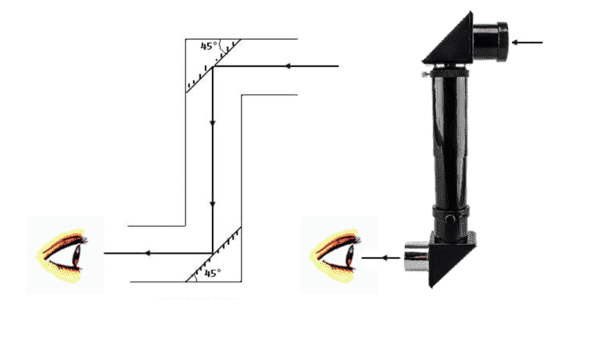
When the smartphone first appeared, because people's requirements for a mobile phone camera were not high, lenses at that time were mostly short focal length lenses. Thus, the camera of the phone can be completely flat with the body of the phone and without the camera protrusion. These cameras can only take decent images when they are close to the subject. However, in recent years, cell phone manufacturers have seen the camera as the main advantage of the phone. Users now consider smartphones that can capture clear images from a distance to be top-notch. A normal short throw lens can't achieve this. This has led to the popularization of the telephoto lens, which can capture distant subjects.

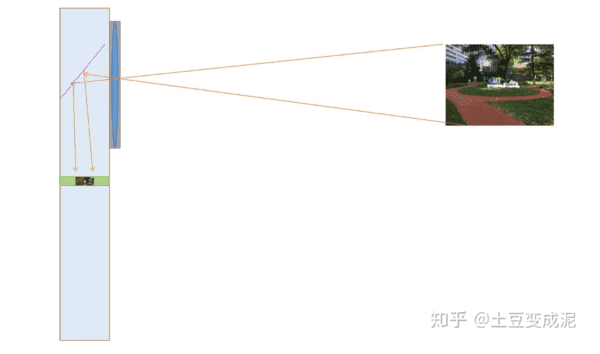
However, this leads to another problem: a telephoto lens needs a longer focal length, and the thickness of a mobile phone is limited. How to solve this problem?
Why didn't manufacturers use it this year?
As a technology that can greatly improve the quality of the camera, the periscope telephoto lens has been approved by many mobile phone manufacturers since it was used in the 30x zoom version of Huawei P10 Pro and OPPO Reno in 2019. The likes of Xiaomi, Samsung, Honor, Vivo and others used periscope telephoto lenses. In fact, this lens has slowly become a must-have for flagship smartphones. For example, top flagships such as Samsung Galaxy S21 Ultra, Xiaomi 11 Ultra, Vivo X70 Pro+ are equipped with periscope telephoto lenses.
However, this year flagships from Realme, iQOO, Honor and OnePlus have hit the road. Of course, we have the Xiaomi 12 series, which will be released at the end of December 2021. All of these flagship smartphones are powered by the latest Snapdragon 8 Gen1 processor. However, as if they were negotiating with each other, these flagships do not have a periscope telephoto lens. These smartphones mainly use regular telephoto lens. The Xiaomi 12 Pro even removed the telephoto lens entirely, replacing it with a portrait lens.
Since the periscope telephoto lens is so popular, why did the manufacturers choose not to use it? Here are three (3) top reasons big brands avoid periscope telephoto lenses
1. Complex structure and volume
First of all, in terms of hardware, the periscope lens has a more complex design than conventional telephoto lenses. The complexity of the periscope lens discourages many brands from using it. This lens not only has a complex design, it also takes up a lot of space. The lens volume is too large for a smartphone. Regarding the periscope telephoto lens, Lu Weibing, general manager of Redmi, said: “In today, when every device competes for limited space… every small space is very valuable.”
19459007]
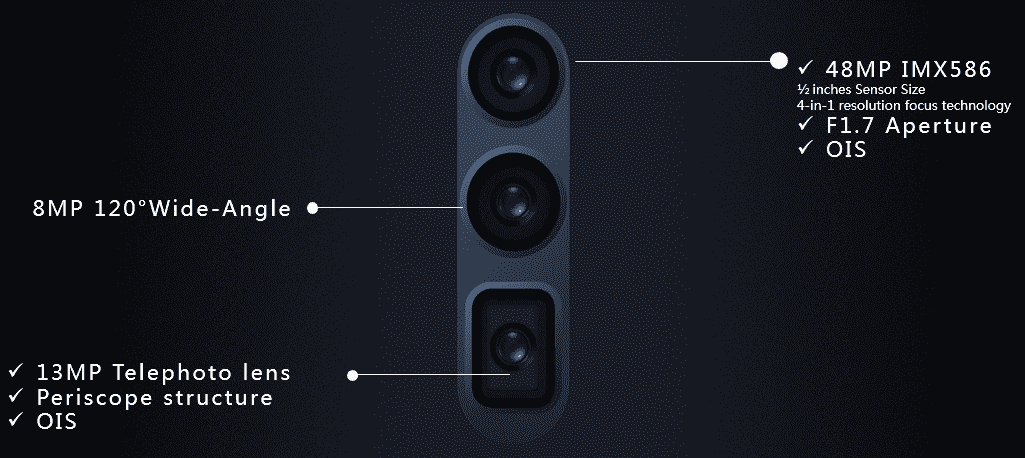
After all, batteries, fast charging, cameras, etc. take up a lot of space, and everyone needs a phone that is thin and light. Thus, it is very difficult, if not impossible, to have a thin and light smartphone with a periscope telephoto lens. Smartphones that use a periscope telephoto lens weigh over 200g. They are neither light nor thin. This contrary to the thin and light feel that modern manufacturers are striving for.
In terms of adjustment, since the periscope lens supports multiple optical zooms, some jitter that is not normally obvious will also be amplified at the telephoto lens, so this also brings up further suggestions for adjusting the image stabilizer. mobile phone manufacturers. Simply put, higher requirements and complexity. Also, as the light is refracted, the amount of light reaching the lens is also reduced, and the horizontal position also affects the size of the sensor. The limited thickness cannot accommodate the outsole sensor, so it will also affect the final brightness of the film. It also requires mobile phone manufacturers to optimize with algorithms.
2. Cost and necessity
A periscope telephoto lens is not only complicated, but also expensive. According to a ZTE executive, Snapdragon 8 Gen1 models will generally not use a periscope lens, mainly because the cost of a telephoto lens is very high. It even gets more expensive when the periscope camera supports optical image stabilization. The cost is even higher than many of the main cameras that claim to be soles.
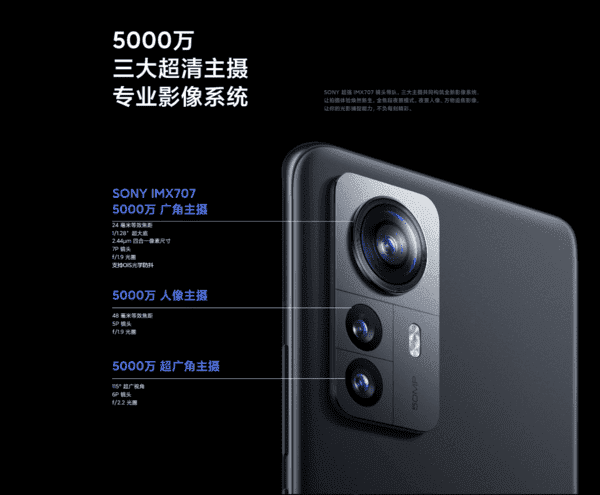
In addition, for most users, a large and powerful zoom is not a frequently used feature. Many people don't buy their smartphones because of the zoom capability of the camera. Although, from the manufacturer's point of view, the addition of a periscope lens could give the mobile phone more photography options. On the demand side, however, the addition of a periscope lens may not appeal to regular smartphone users.
2. Disputes (privacy issues)
Finally, the powerful zoom provided by the periscope lens is also somewhat controversial. In addition to being able to capture distant landscapes, mobile phones equipped with periscope telephoto lenses are also easily used by some criminals as "accomplices" to spy on someone else's private life. Some netizens have previously reported that some people use such mobile phones to secretly take incriminating photos. Thus, it usually affects personal privacy and security protection.
Conclusion
Although periscope lenses are more or less problematic, they still have a strong market demand, especially for flagship models. According to assumptions, top flagship smartphones such as Xiaomi 12 Ultra and vivo X80 Pro+ coming this year will use a periscope telephoto lens. P The eriscope telephoto lens won't disappear completely this year, because in the eyes of mobile phone manufacturers, the near-perfect service quality of flagship products is far more important than cost control.


